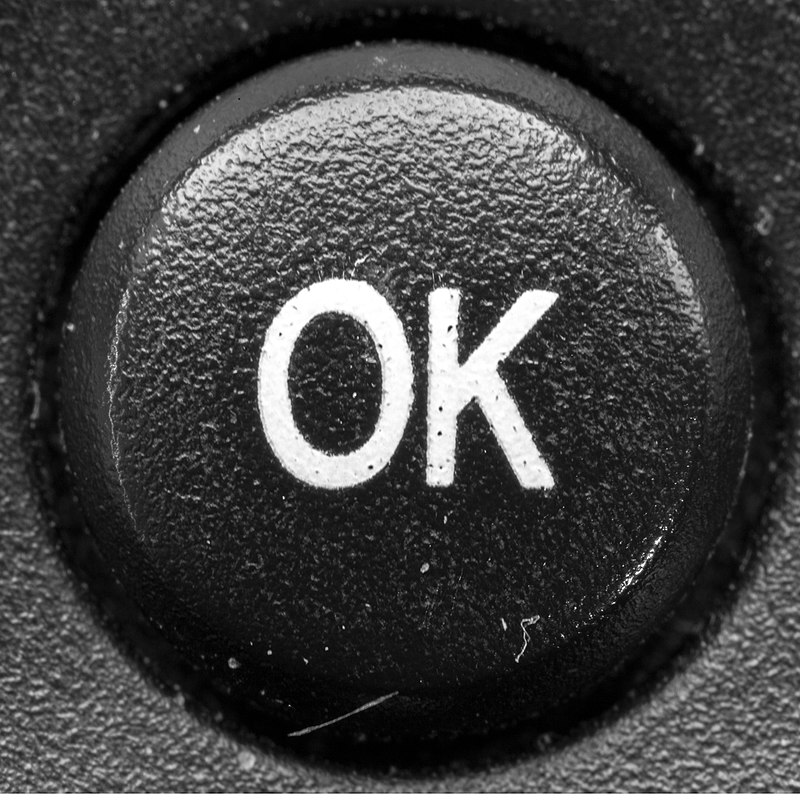I had this RS-1 Plus handheld gaming console. I liked it because:
- comes with lots of games
- cheap I think about $15
- fairly comfortable and has actual buttons not like trying to play a game on a phone
- fun to play for a little while but not toooo fun that it can’t be put down
main problem was it wouldn’t save any progress even when the game seemed to allow it. I guess it just doesn’t have any writable storage or however they got the games didn’t include that function.
is there something similarly low end and simple that allows saving? I don’t want to DIY.
See this weirdly sarcastic blog post about the RS devices for some info hal of which I don’t understand.
That looks like a standard famiclone (just does NES), there are lots of cheap handhelds that can do a lot more than that. I like my powkiddy v90, which can do basically every 2d game system with saving of course in basically the form factor of a gba sp. They’re going for like 25 bucks on aliexpress right now, it looks like.
thanks! i looked at these and I can’t see anywhere that they save. without someone telling me from personal experience, how would i know? is it just a standard feature now? or is there something I should look for in terms of the system?
the one I had is old it doesn’t look like you can even buy it now. so maybe it’s just obsoleted tech.
Ok, so I need to explain some general background information on machines that play old games for cheap. As I mentioned, the thing you have now is called a “famiclone.” This means that what’s inside is literally just a chip that is all the guts of a Nintendo Entertainment System in one chip. All it can do is run NES games, and it can’t do anything that depends on hardware that would have originally been in the cartridges instead of the console, like saving. A lot of NES games didn’t even have saving in the first place and used password systems instead.
Most general purpose retro handhelds do it in an entirely different way. They’re built as essentially tiny linux computers that run emulators. Emulators are pieces of software that pretend to do everything the console and the cartridge do. So these emulator handhelds do support saving, it’s taken as a given which is why you won’t really see that listed as a specific feature. Emulators generally also have a feature to save the state of a game, which lets you save anywhere even in games that do things like save rooms. Most of the emulator handhelds you will find on sites like aliexpress will come with lots and lots of games, but may not advertise that feature either because it’s definitely piracy, and you can load more games of your choice onto them by pirating them yourself and putting them on the handheld’s SD card.
There are some pretty obvious ways to tell the difference between an emulator handheld and a famiclone once you know what you’re looking for. The famiclone will have only a dpad and A and B buttons, be advertised as having some large number of games, and will have a menu that looks basically identical to your screenshot. The emulator handheld will have a dpad, ABXY buttons, and shoulder buttons, and may have analog sticks on the more expensive ones that are powerful enough to emulate more recent systems like PS2 and Gamecube, will be advertised by which systems they can emulate rather than a number of games, and will have various different menus.
Any recs for the more advanced emulators?
I haven’t personally used them, I either emulate on my PC or use hacked original hardware for more recent systems, but I can point you at some Youtubers who specialize in reviewing various emulator handhelds.
Taki Udon recently did a video listing his favorites across several categories, and tends to get new ones that come out early and review each one separately.
Retro Game Corps has a similar best of 2023 video and tends to go very into detail about the physical hardware of each machine.
Wulff Den is generally more about switch and pc handheld type machines than the super cheap dedicated emulator handhelds, but he has a best of 2023 too, and tends to have a more “normal guy” approach to these gadgets, with some basic guides to using them without prior knowlege.
I found YouTube links in your comment. Here are links to the same videos on alternative frontends that protect your privacy:
Link 1:
Link 2:
Link 3:



